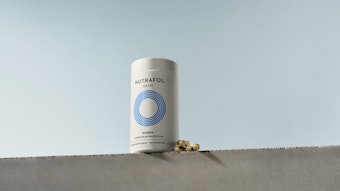The word hyaluronic is derived from the Greek hyalos meaning “glass” or “transparent” and refers to the vitreous humor, the ocular tissue from which it was first isolated by Karl Meyer and colleagues in 1934. It was later located in many other animal tissues, i.e. synovial fluid, cartilage and the umbilical cord, where it has the same structure and biological activities, described in this article. Hyaluronic acid (HA)is a linear polysaccharide of high molecular weight that belongs to the family of mucopolysaccharides or glycosaminoglycans (GAGs), the physiological constituents of the dermal connective tissue in the extracellular matrix. In adult humans, the total amount of HA is equal to approximately 15 g, half of which is found in the skin.
At the skin compatible pH of 7, the carboxylic groups of HA are almost totally ionized, thus forming a polyanionic structure that imparts excellent hydro-coordinating properties in skin. This structure is mainly produced by skin keratinocytes and fibroblasts whose complete renewal cycle takes 2–4.5 days1—a much shorter time than the collagen cycle, which takes 60–70 days.2
Lab Practical: Using HA Butyrate
- HA butyric esters are less hydrophilic than sodium hyaluronate, thus they do not require complex swelling operations when added to water phases.
- Sodium hyaluronate butyrate dissolves in cold water under moderate stirring without forming lumps or aggregates.
- Aqueous solutions are stable and need only to be adequately preserved.
- Although the molecule is temperature-stable, it should be added to the bulk formula at no higher than 40°C during the cooling phase.










